Ultraviolet wavelengths have significant antimicrobial effects
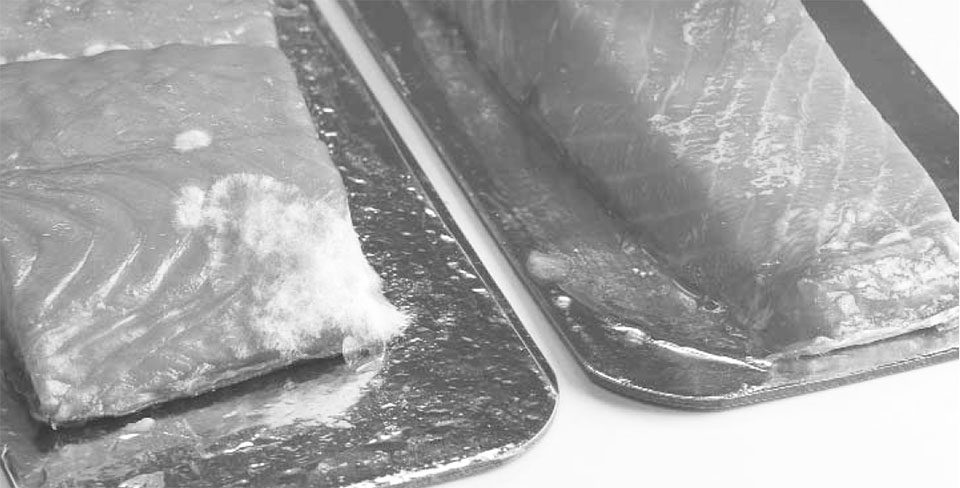
The number of reported foodborne illnesses associated with bacterial enteropathogens continues to rise in both Europe and North America, despite significant advances toward a better understanding of bacterial transmission and pathogenicity in foods, implementation of good manufacturing practices, mandatory HACCP risk management systems, and other quality assurance schemes.
Contamination of both unprocessed and processed foods with pathogenic microorganisms is an international concern, and any method of reducing or eliminating the contamination will reduce the risk of disease. Both intrinsic and extrinsic microorganisms and enzymes are responsible for the loss of fish and shellfish quality after harvest. Since many seafood products are transported over large distances, the ability to increase shelf life by two or three days can have an important economic impact.
Outdated food safety ideas
In years past, it was thought that properly refrigerated foods would remain safe since pathogenic bacteria could not grow at refrigeration temperatures. Microbial growth was thought necessary to produce either a sufficient number of cells or enough toxin to cause illness.
Since then, we have learned that several pathogens, such as Listeria monocytogenes, can grow well at refrigeration temperatures. We also know that some pathogens can cause illness even when only a few cells are ingested. With sufficient time at refrigeration temperatures, several types of psychrotrophic bacteria, yeast, and mold can grow to levels sufficient to cause spoilage.
Pseudomonas sp. are among the most common spoilage agents of refrigerated foods. During growth, these bacteria produce proteases and lipases that can catalyze reactions resulting in the degradation of protein and fat. The consequence of these reactions is the formation of peptides and fatty acids with undesirable flavors and odors. Also, some bacteria produce enzymes capable of converting amino acids into toxic amines.
Pulsed light
Many of the pathogens and spoilage organisms are surface contaminants, so a process which reduces surface contamination may both increase safety and extend shelf life. One technology that has this potential is high-intensity pulsed light.
Pulsed light treatments depend on rapid, intense, magnified flashes of light or electrical energy from a capacitor. High-power xenon lamps pulse for about 0.1 to 3 millionths of a second, with a peak emission at 400 to 500 nm, and contain wavelengths of ultraviolet through near-infrared at about 20,000 times the intensity of light at sea level. The lamps emit light containing some ultraviolet wavelengths absent in sunlight.
For modest energy input of three joules (J), this results in peak power dissipation of approximately 35 mW. Unlike gamma irradiation, ionization of small molecules does not occur with pulsed light because the wavelengths are too long.
Beyond UV
According to Dr. Dallas Hoover, the antimicrobial effects of pulsed light are significantly greater than those of nonpulsed or continuous-wave conventional UV irradiation. For example, a single flash at 0.5 to 1.0 J per square centimeter will eliminate populations of approximately 100,000 vegetative bacteria, bacterial endospores, or fungal conidiospores per square centimeter.
Pulsed light appears to kill all types of bacteria and eukaryotic microorganisms with equal effectiveness. Reductions of 7 to 9 log10 colony-forming unitfu per square centimeter are possible with multiple pulses at 1-5 J per square centimeter per flash. The susceptibility of microorganisms to pulsed light disinfection depends on the strain, growth medium, stage of culture, and ability of the organisms to repair injury.
There are some requirements for the application of pulsed-light processing. Light must be able to penetrate the packaging material to reach the food surface. If the product has an irregular surface, the light is blocked and the process loses effectiveness. However, reductions in bacterial population of 1-3 log10 cycles have been achieved in products with rough surfaces.
Effects on microorganisms
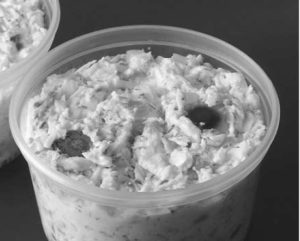
The effects of pulsed light on bacterial populations that cause illness in humans, including Escherichia coli (serotype 0157:H7), Listeria monocytogenes (serotype 4b), Salmonella enteritidis, Pseudomonas aeruginosa, Bacillus cereus, and Staphylococcus aureus, have been investigated by several researchers (references available from author). Results showed that as few as 64 light pulses of one microsecond reduced E. coli populations by three log10 cycles and L. monocytogenes by two log10 cycles. When 200 light pulses were applied, the inactivation ranged 2-6 log10 cycles.
A two-log reduction in L. monocytogenes on a ready-to-eat-product can be a significant reduction, since the U.S. Food and Drug Administration established a zero defect action level for the organism. In clean processing facilities, L. monocytogenes contamination usually averages 50 colony-forming unit per gram. Processing plants with minimal or unacceptable sanitary operations can have products containing L. monocytogenes populations of 100 to 10,000 colony-forming unit per gram.
Consequently, a 2-log10 cycle reduction of the microorganism in a plant employing high sanitary standards may eliminate all of the contamination. Hence, large reductions in a specific microbial pathogen are not always required to place high-quality, safe products into the marketplace.
Fungal spores of Aspergillus niger were subjected to pulsed light for varying treatment times and at varied distances from the light source. The optimum process resulted in a 4.93 log10 reduction. Pulsed light treatments on Saccharomyces cerevisiae caused an increase in the concentration of eluded proteins and structural changes in the cells indicative of cell membrane damage. The study did not include a determination on the effects of varying processes on cell reductions.
Effects on enzymes
Only limited research has been reported on the effects of pulsed light on enzyme activity, but results appear promising. Two enzymes, alpha-amylase and neutral proteinase, were treated in pulsed light up to 40 flashes. Irrespective of the intervals of pulsed light, treatment of alpha-amylase with 40 flashes decreased its activity by 71 percent compared with the untreated controls. The activity decrease was 59 percent with a treatment of only 10 flashes. Activity effects of pulsed light on neutral proteinase were similar to those of alpha-amylase.
Applications in seafood industry
Studies in the author’s laboratory at Virginia Tech in Blacksburg, Virginia, USA, have shown that the shelf life of various fish could be extended two to four days depending upon the species. Sea trout had the lowest shelf life extension, while hybrid bass had the highest.
Since pulsed light is a surface treatment, the technology can be best employed where surface contamination of pathogenic and spoilage microorganisms predominates. Hot-smoked fish sometimes spoil due to the growth of surface microorganisms and may have postprocessing contamination with L. monocytogenes.
Pulsed light could be a cost-effective control method for both microbial issues. Other applications include using pulsed light to treat packaged seafood pates, dips, and spreads, since surface spoilage usually dominates in these products.
(Editor’s Note: This article was originally published in the April 2004 print edition of the Global Aquaculture Advocate.)
Now that you've reached the end of the article ...
… please consider supporting GSA’s mission to advance responsible seafood practices through education, advocacy and third-party assurances. The Advocate aims to document the evolution of responsible seafood practices and share the expansive knowledge of our vast network of contributors.
By becoming a Global Seafood Alliance member, you’re ensuring that all of the pre-competitive work we do through member benefits, resources and events can continue. Individual membership costs just $50 a year.
Not a GSA member? Join us.
Author
-

George J. Flick, Jr., Ph.D.
Food Science and Technology Department
Virginia Tech/Virginia Sea Grant (0418)
Blacksburg, Virginia 24061 USA[117,100,101,46,116,118,64,103,107,99,105,108,102]
Tagged With
Related Posts
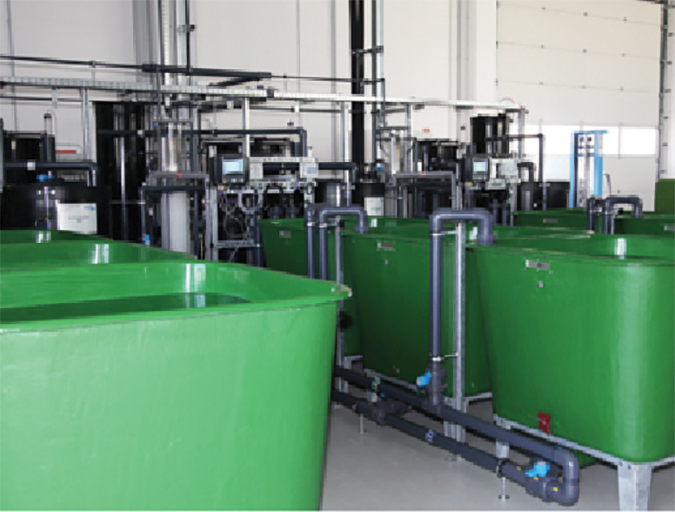
Health & Welfare
Biofilter inoculation in recirculating aquaculture systems
Biological filters are essential parts of recirculating aquaculture systems that transform toxic fish compounds such as ammonium and nitrite into less-harmful nitrate. The authors tested the convenience and efficiency of three methods for the initial inoculation of aerobic biofilters.
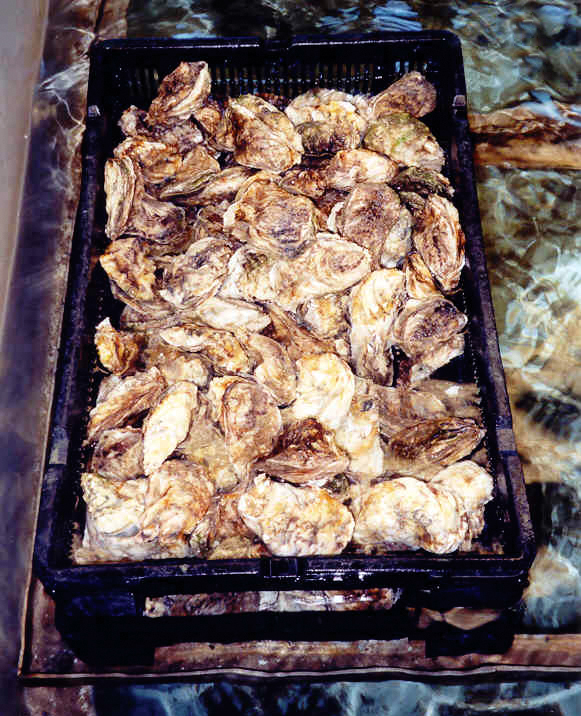
Intelligence
Cryptosporidium: Emerging pathogen associated with shellfish
Cryptosporidium parvum, an emerging waterborne pathogen, is frequently isolated in shellfish and can cause diarrhea, fever, nausea, weakness and abdominal cramping.
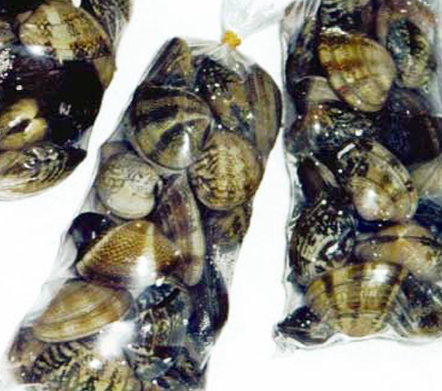
Health & Welfare
Hepatitis E an emerging foodborne illness
Although hepatitis E is infrequent in developed nations, additional cases may occur due to global travel patterns and importation of seafood.
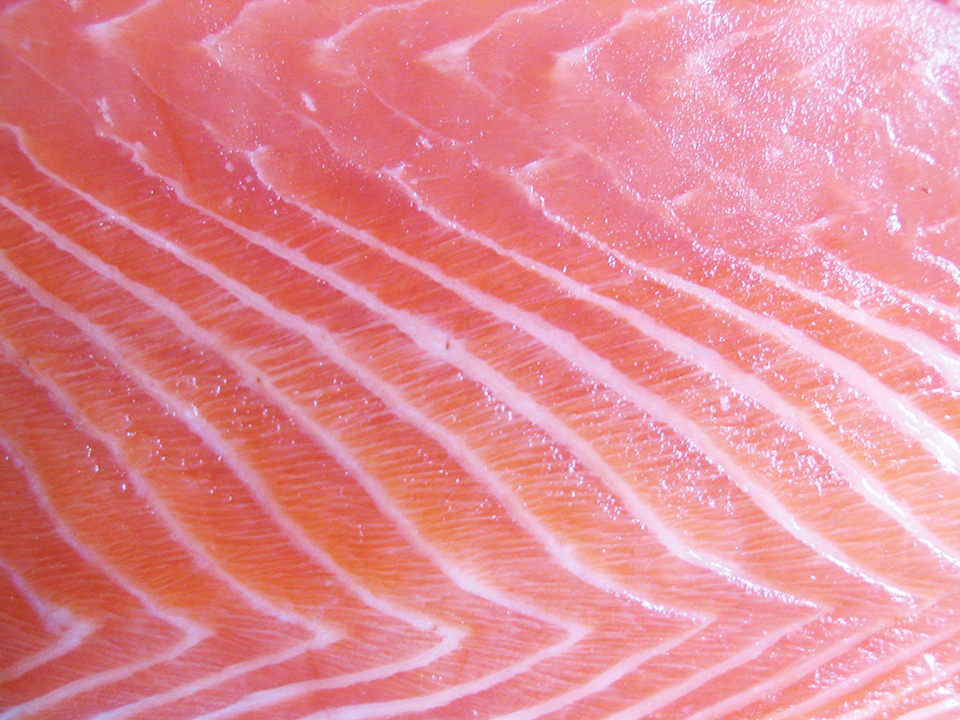
Intelligence
All about Listeria
The pathogenic bacterium Listeria monocytogenes is present in the environment and easily transferred to food and food contact surfaces.

